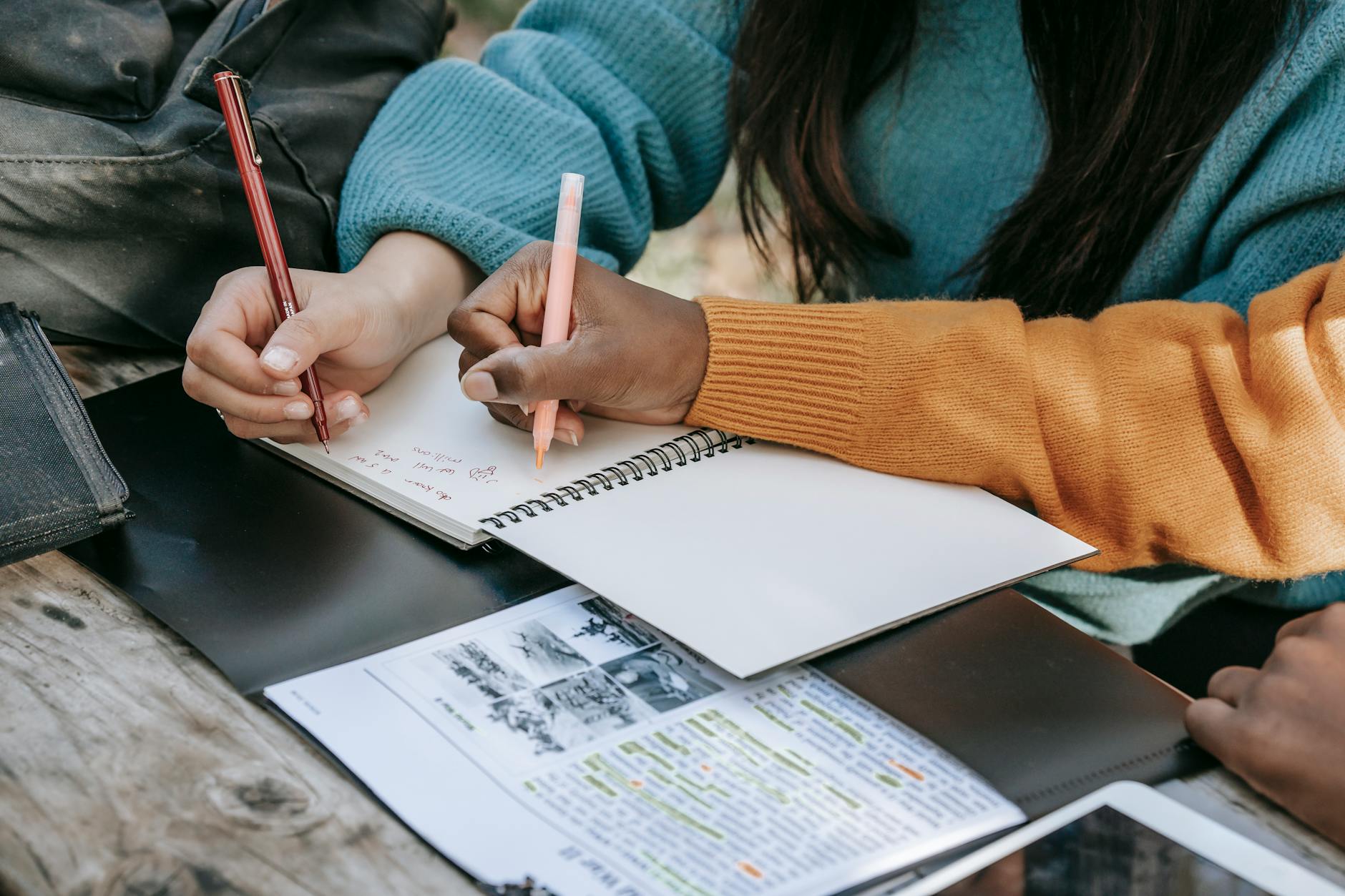RSPCA Doggo Training: Paw-fect Tips & Tricks

Training your furry friend can be both a rewarding and challenging experience, but with the right approach, you can turn it into a fun journey for both you and your pup. The RSPCA, a dedicated organization to animal welfare, provides expert advice to help you teach your dog obedience and tricks that will impress your friends and family. Below are some effective techniques to help you train your canine companion with patience and love.
Positive Reinforcement: The Key to Success
Positive reinforcement is the cornerstone of modern dog training. It's all about rewarding your dog's good behavior with treats, praise, or playtime, which encourages them to repeat those behaviors.
Tips for positive reinforcement:
-
Immediate Rewards: Always reward your dog immediately after the desired behavior. This helps your dog associate the behavior with the reward.
-
Consistency: Be consistent with your commands and rewards. Changing the rules confuses your pup.
-
Variety of Treats: Keep a variety of treats on hand to keep your dog interested. Small, low-calorie treats are great for training sessions.
-
Affection is key: Sometimes, a good belly rub or a loving pat can be just as good as a treat.
Basic Obedience Training: The Foundation
Obedience training is not just about having a well-behaved dog; it's about ensuring the safety and happiness of your pet. Start with basic commands and slowly build up to more complex ones.
Basic commands include:
-
Sit
-
Stay
-
Come
-
Down
-
Leave it
Training Steps:
-
Start with Short Sessions: Keep training sessions short and sweet to hold your dog's attention.
-
Use Clear Commands: Use a clear, firm voice when giving commands, and always use the same word for each action you want your dog to learn.
-
Practice in Different Environments: Practice commands in various settings to help your dog learn to listen no matter where you are.
Fun Tricks to Enhance Training
Teaching your dog tricks can be a fantastic way to bond with them and keep their minds sharp. Tricks should always be taught after your dog has mastered basic obedience.
Popular tricks include:
-
Shake hands: Encourages polite greetings.
-
Roll over: A classic that always gets a smile.
-
Play dead: A dramatic trick that's sure to entertain.
-
Spin: Helps with body awareness and coordination.
-
Speak: Teaches control over barking.
Steps to teach tricks:
-
Break it Down: Break the trick down into smaller steps and reward your dog for each step they learn.
-
Be Patient: Some tricks can take time to master. Be patient, and never get frustrated with your dog.
-
Keep it Fun: Tricks should be fun. If you or your dog get stressed, take a break and come back to it later.
Challenges and Solutions
While training can be fun, it also comes with challenges. Your dog may be stubborn, easily distracted, or too energetic to focus. Here's how you can overcome these common issues:
-
For a Stubborn Dog: Use higher-value treats and offer more praise. Make sure training is the most exciting part of your dog's day.
-
For a Distracted Dog: Reduce distractions in the environment to help your dog focus on you.
-
For an Energetic Dog: Provide ample exercise before training sessions to help burn off excess energy.
Conclusion
Consistency, patience, and positive reinforcement are the keys to successful dog training. With the RSPCA's expert advice, you can transform your dog into a well-mannered pet and teach them fun tricks along the way. Remember to keep the training consistent, engaging, and full of love, and you'll have a paw-fectly trained pooch before you know it.